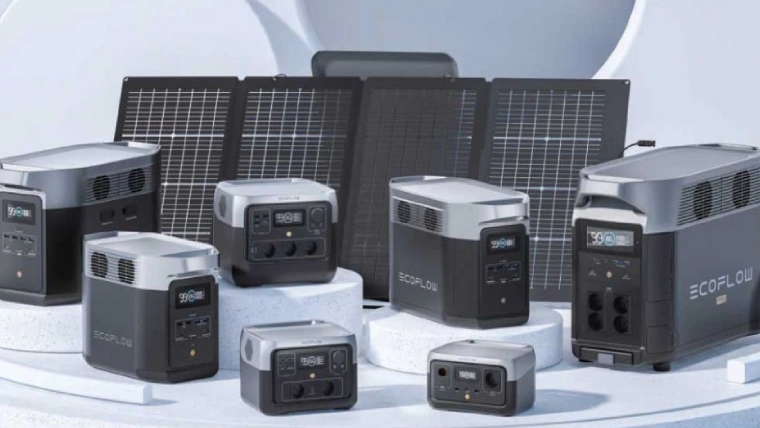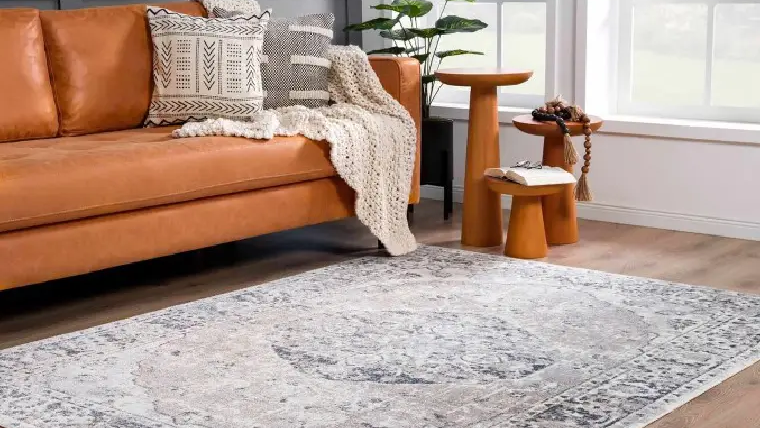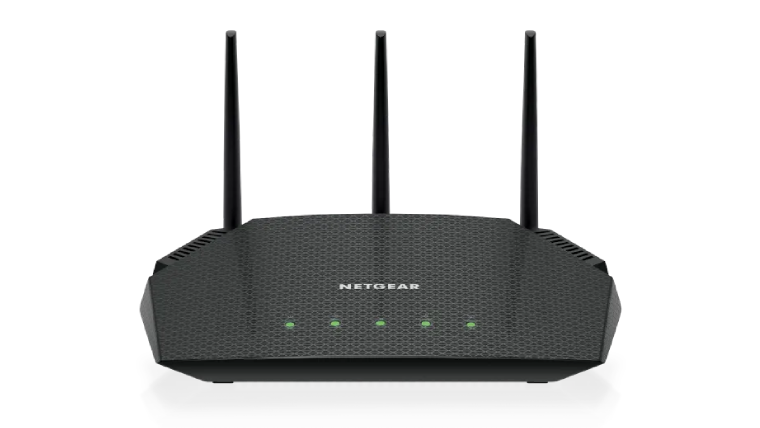In today’s rapidly evolving technological landscape, the concept of a “smart home” has transformed from a futuristic notion into a tangible reality. Imagine coming home after a long day at work, and as you approach your doorstep, the lights automatically turn on to welcome you. Your thermostat adjusts to your preferred temperature, and soothing music begins playing softly in the background. This isn’t a scene from a sci-fi movie; it’s the power of smart home technology enhancing everyday living.
What is Smart Home Technology?
Smart home technology refers to the integration of devices and systems within a household that can be controlled remotely or automated to perform tasks normally handled by humans. These devices utilize internet connectivity and sensors to communicate with each other and with the homeowner, offering convenience, comfort, and efficiency.
Evolution of Smart Homes
The journey of smart homes began with basic automation features such as remote-controlled garage doors and programmable thermostats. Over time, advancements in wireless technology, artificial intelligence (AI), and the Internet of Things (IoT) have revolutionized what modern smart homes can accomplish.
Importance of Home Automation
Home automation isn’t just about luxury; it’s about creating an environment that adapts to your needs seamlessly. Whether it’s managing energy consumption, enhancing security measures, or simply making daily routines more convenient, smart home technology plays a crucial role in modern living.
Benefits of Smart Home Technology
Convenience and Comfort
One of the primary advantages of smart home technology is its ability to make life easier. Imagine controlling all aspects of your home environment with a simple voice command or a tap on your smartphone. From adjusting lighting to brewing your morning coffee, everything can be automated to suit your preferences.
Energy Efficiency
Smart homes are designed to optimize energy usage intelligently. Devices like smart thermostats learn your heating and cooling patterns and adjust settings to conserve energy when you’re away or asleep. This not only reduces utility bills but also contributes to environmental sustainability.
Enhanced Security
Security is a top priority for homeowners and smart home technology provides advanced solutions. Smart security cameras, motion sensors, and automated door locks offer real-time monitoring and remote access, allowing you to keep an eye on your property from anywhere in the world.
Components of a Smart Home
Smart Lighting Systems
Smart lighting systems allow you to control the ambiance of your home with precision. Adjust brightness levels, set schedules, and even change colors to create the perfect atmosphere for any occasion.
Thermostats and HVAC Control
Smart thermostats learn your temperature preferences and adjust settings automatically. Some models even detect when you’re on your way home and start heating or cooling accordingly, ensuring comfort upon arrival.
Home Security Systems
From video doorbells that let you see and speak to visitors remotely to comprehensive security systems that integrate cameras, alarms, and sensors, smart home security provides peace of mind and proactive protection.
Entertainment and Audio Systems
Smart TVs, sound systems, and streaming devices allow you to enjoy media seamlessly. Control playback, adjust volume, and even sync audio throughout different rooms for an immersive entertainment experience.
Popular Smart Home Devices
Amazon Alexa and Google Home
Voice assistants like Amazon Alexa and Google Home serve as the central hub for controlling smart devices in your home. They respond to voice commands, manage schedules, and even provide weather updates or recipe recommendations.
Smart TVs and Streaming Devices
Smart TVs connect to the internet, allowing access to streaming services, apps, and even browsing. They often integrate with voice assistants for hands-free operation and can be part of a larger home entertainment setup.
Smart Door Locks and Cameras
Smart door locks offer keyless entry options and can be controlled remotely via smartphone apps. Paired with security cameras, they provide a comprehensive view of who enters and exits your home, enhancing overall security.
Integration and Connectivity
Wireless Protocols (Wi-Fi, Bluetooth, Zigbee)
Smart home devices communicate using various wireless protocols. Wi-Fi is common for high-bandwidth applications like streaming, while Bluetooth and Zigbee are used for low-power, short-range connections between devices.
Hub vs. Hubless Systems
Some smart home setups require a central hub to coordinate communication between devices, while others operate independently (hubless). Hub-based systems may offer more extensive compatibility and automation options but require additional setup.
Compatibility with Existing Home Devices
Before investing in smart home technology, consider compatibility with your existing devices. Many newer models are designed to integrate seamlessly with popular platforms and devices, ensuring a smooth transition to a smart home setup.
Challenges and Concerns
Privacy and Data Security
Connecting devices to the internet raises concerns about data privacy and cybersecurity. Ensure devices have robust security features and regularly update firmware to protect against vulnerabilities.
Initial Setup Costs
While smart home technology can save money in the long run through energy efficiency, initial setup costs can be significant. Budget accordingly and prioritize devices based on your needs and lifestyle.
Dependence on Internet Connectivity
Smart home devices rely on a stable internet connection to function properly. Consider backup options or invest in devices that can operate offline for critical functions like security and climate control.
Future Trends in Smart Home Technology
AI and Machine Learning Integration
Advancements in AI and machine learning are enhancing smart home capabilities. Devices can learn user preferences over time, anticipate needs, and automate tasks more intelligently.
Expansion of IoT Devices
The Internet of Things continues to expand, with more devices becoming interconnected. From kitchen appliances to wearable tech, expect smart home technology to encompass a broader range of everyday items.
Sustainability and Smart Homes
Smart homes are playing a role in sustainable living by optimizing energy usage and reducing environmental impact. Look for eco-friendly features in smart home products and services.
Choosing the Right Smart Home System
Assessing Needs and Budget
Start by identifying your priorities—whether it’s security, convenience, or energy savings—and allocate your budget accordingly. Consider which devices will offer the most value based on your lifestyle.
Researching Brands and Reviews
Read reviews and compare brands to find reliable smart home devices with positive user feedback. Look for certifications and warranties that ensure product quality and customer support.
Consulting with Smart Home Experts
If you’re unsure where to begin, consult with smart home experts who can assess your home’s layout and recommend tailored solutions. They can also provide installation services and ongoing support.
DIY vs. Professional Installation
Pros and Cons of DIY Installation
DIY installation can save money and allow for customization. However, it requires technical know-how and may not be suitable for complex systems or those requiring integration with existing infrastructure.
Benefits of Professional Installation Services
Professional installers ensure devices are set up correctly and can troubleshoot issues. They may also offer warranties and maintenance plans that provide peace of mind and long-term reliability.
Cost Comparison and Considerations
Compare the costs of DIY versus professional installation, factoring in time, effort, and potential risks. Choose the option that best fits your skill level and comfort with technology.
Case Studies: Real-Life Applications
Smart Homes in Urban Environments
Urban dwellers benefit from smart home technology’s compact solutions and security features. From apartment living to high-rise condos, smart homes enhance convenience and safety in dense urban settings.
Smart Home Adoption in Suburban Homes
Suburban homeowners appreciate the space and flexibility of smart home systems. They can monitor larger properties, manage outdoor lighting and irrigation, and integrate with home automation seamlessly.




